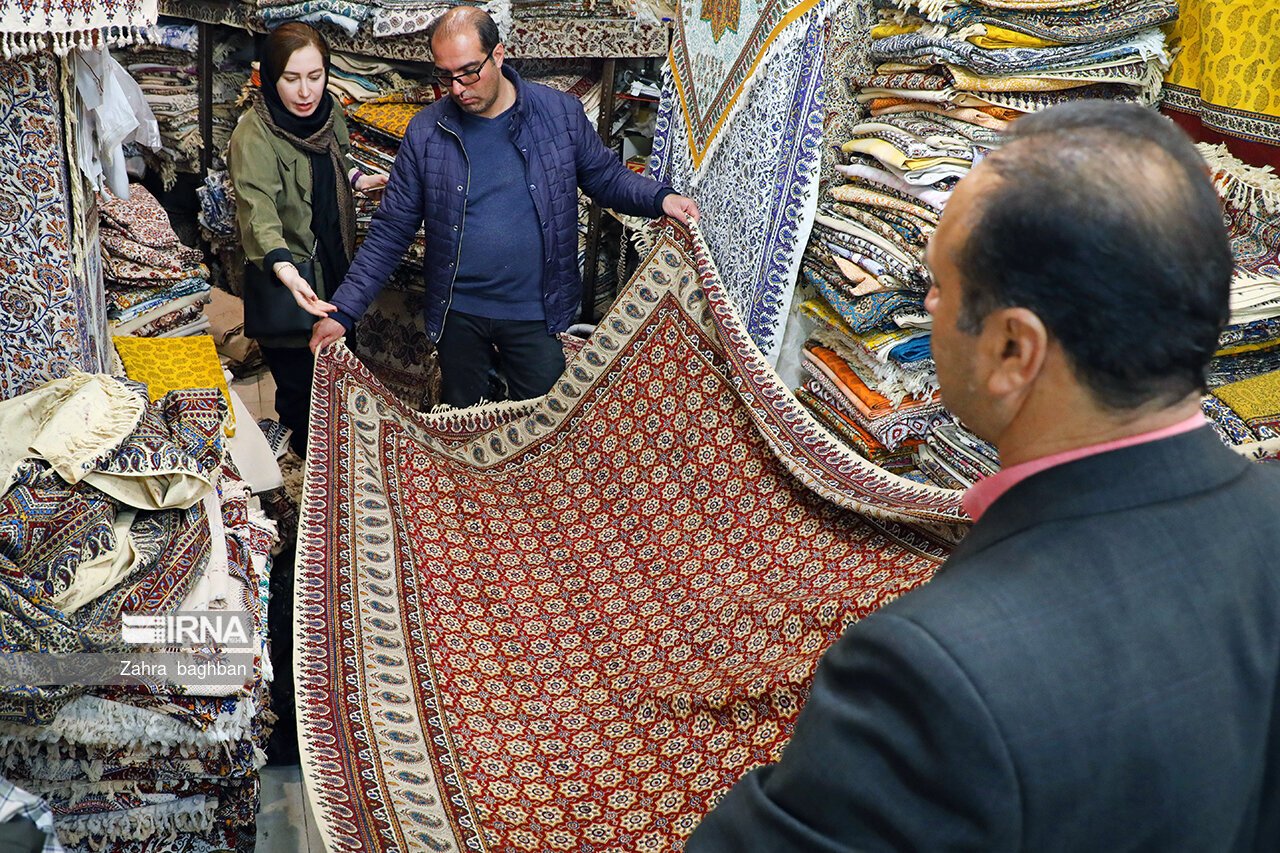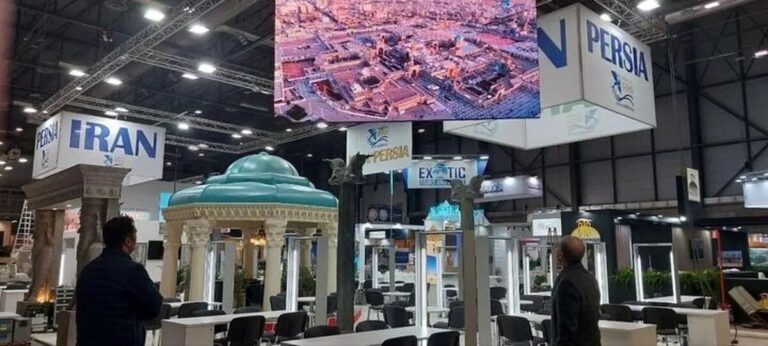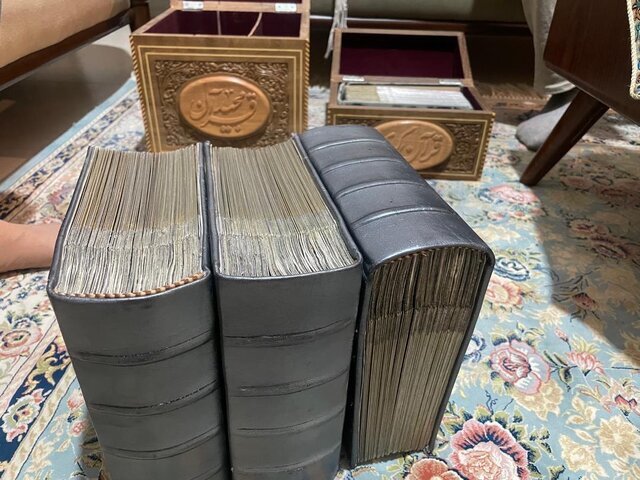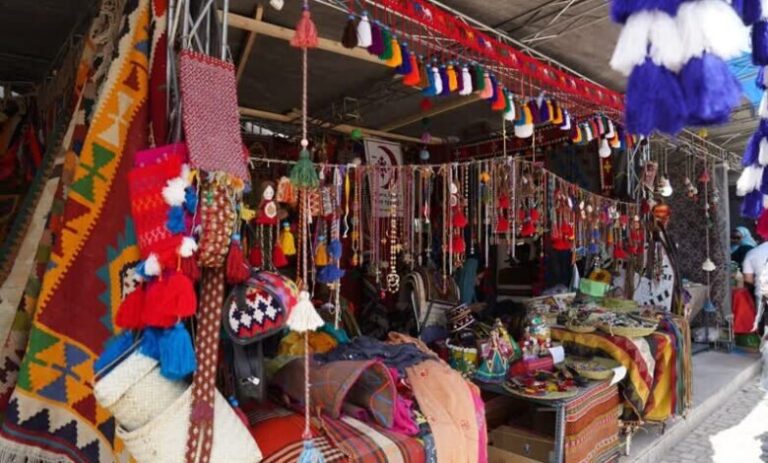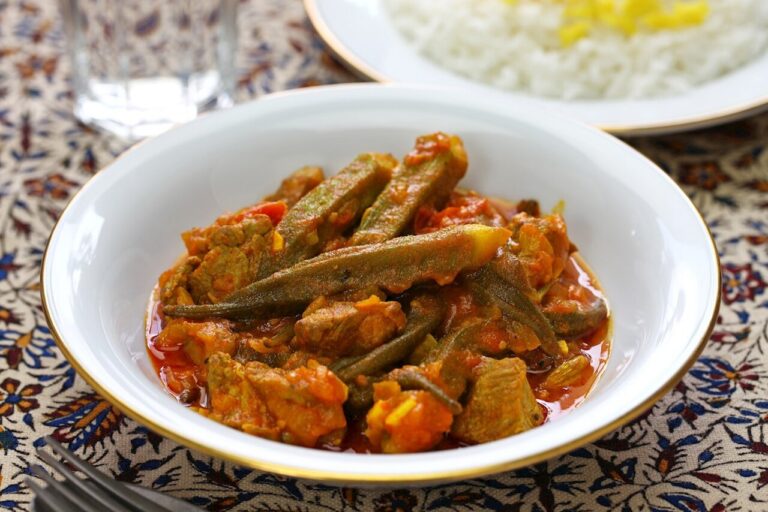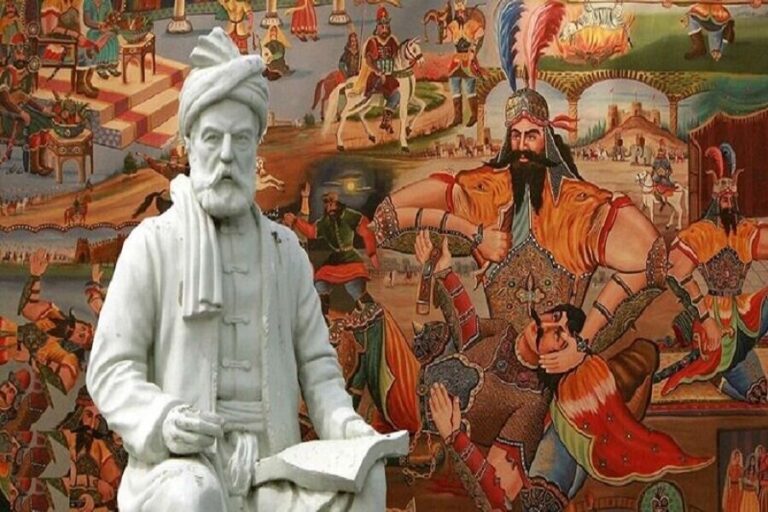Nowruz Boosts Handicraft Sales in Isfahan: A Surge in Traditional Artistry!
During the Nowruz 1404 holidays, the handicrafts trade in Isfahan province experienced a remarkable surge, showcasing the region’s cultural richness and artistry. According to Amir Karamzadeh, the Director General of Isfahan Cultural Heritage, Tourism and Handicrafts Department, recent statistics reveal a significant 20% year-on-year increase in sales during this festive period.
Karamzadeh shared insights with IRNA on Sunday, detailing that from March 15 to April 4, the total sales from permanent shops and temporary exhibitions reached an impressive 1,330 billion rials (approximately $1.3 million). He elaborated on the breakdown of these transactions:
- Handicrafts transactions: 330 billion rials ($330,000) at 628 pavilions across 35 exhibitions.
- Sales at permanent exhibitions: exceeded 1,000 billion rials ($1 million).
In addition to the thriving handicrafts trade, Isfahan’s historical monuments and tourist sites drew in nine million visitors during the Nowruz holidays, marking a remarkable 50% increase from the previous year. Among these visitors, approximately 2.25 million tourists chose to stay in the province over the holidays, reflecting a year-on-year growth of 2.5%.
Isfahan, a prominent tourism hub in Iran, is home to an impressive collection of over 22,000 historical monuments, which include:
- 1,940 nationally recognized sites
- 15 monuments registered globally
- Over 600 ancient houses
The city is celebrated not only for its breathtaking historical sites but also for the life-giving Zayandeh-Rood River, which has contributed to Isfahan’s beauty and fertility throughout history. Often referred to as Nesf-e-Jahan, meaning “half the world,” Isfahan has long been recognized for its cultural significance, with visitors often remarking that experiencing the city is akin to witnessing a part of the world itself.
During its peak, Isfahan was one of the largest cities in the region, boasting a population nearing one million. The city is adorned with serene azure tiles that embellish its Islamic architectural marvels, while its grand bridges create a striking contrast against the arid landscape of the surrounding Iranian countryside.
At the heart of Isfahan lies the magnificent Imam Square, also known as Naqsh-e Jahan Square, which translates to “Image of the World.” This UNESCO-recognized site is a testament to exceptional urban planning and design, constructed in the early 17th century. Spanning an impressive 500 meters by 160 meters, Imam Square is surrounded by some of Isfahan’s most captivating attractions.
The recent surge in tourism and handicrafts sales during Nowruz highlights Isfahan’s status as a cultural and economic powerhouse in Iran. As visitors flock to experience its rich history and vibrant arts scene, local artisans and businesses are likely to benefit, ensuring the continuation of this cultural legacy for future generations.
In summary, Isfahan province is not only a treasure trove of historical and cultural landmarks but also a flourishing center for handicrafts. The significant growth in both tourism and handicrafts trade showcases the region’s resilience and appeal, making it a must-visit destination for travelers seeking to immerse themselves in Iran’s rich heritage.
